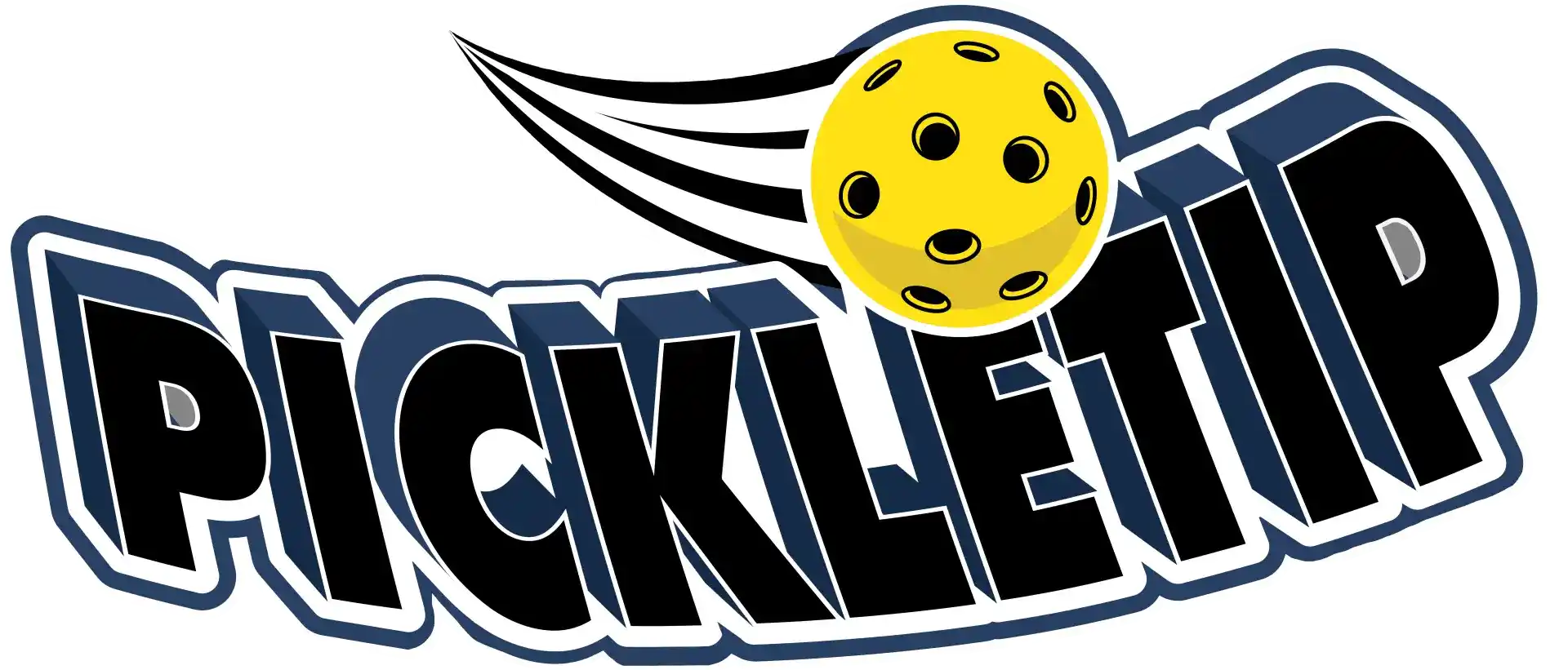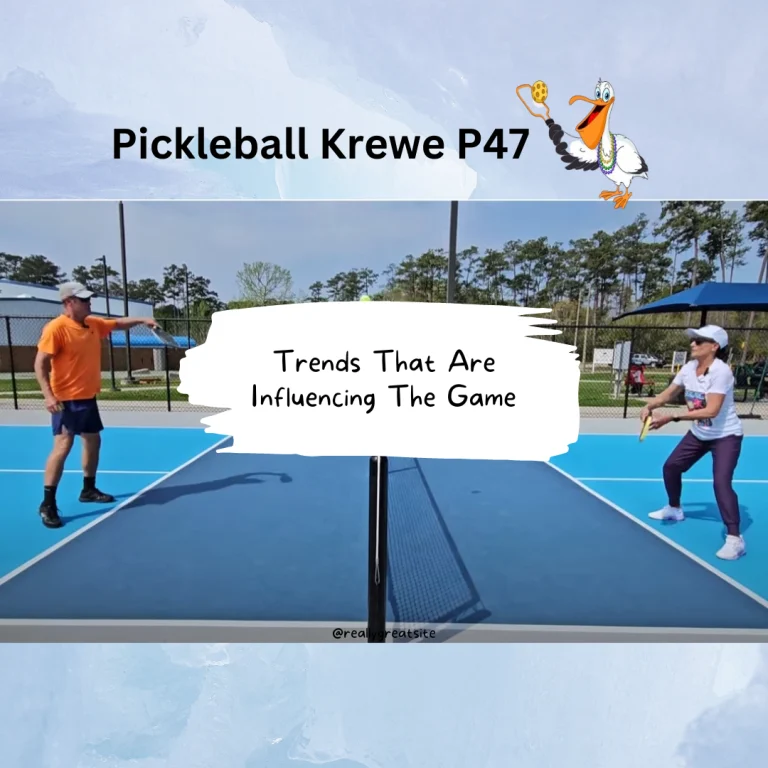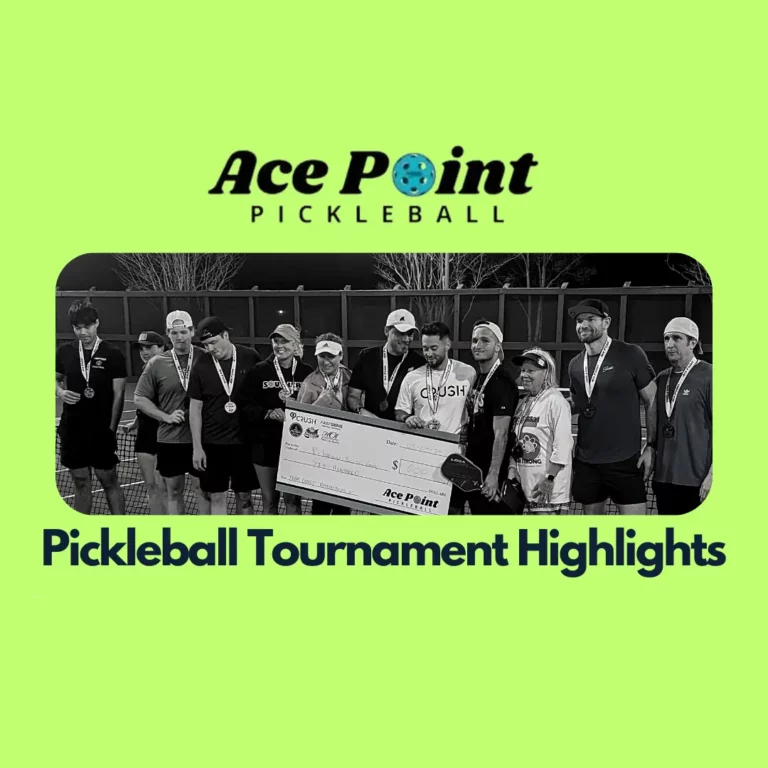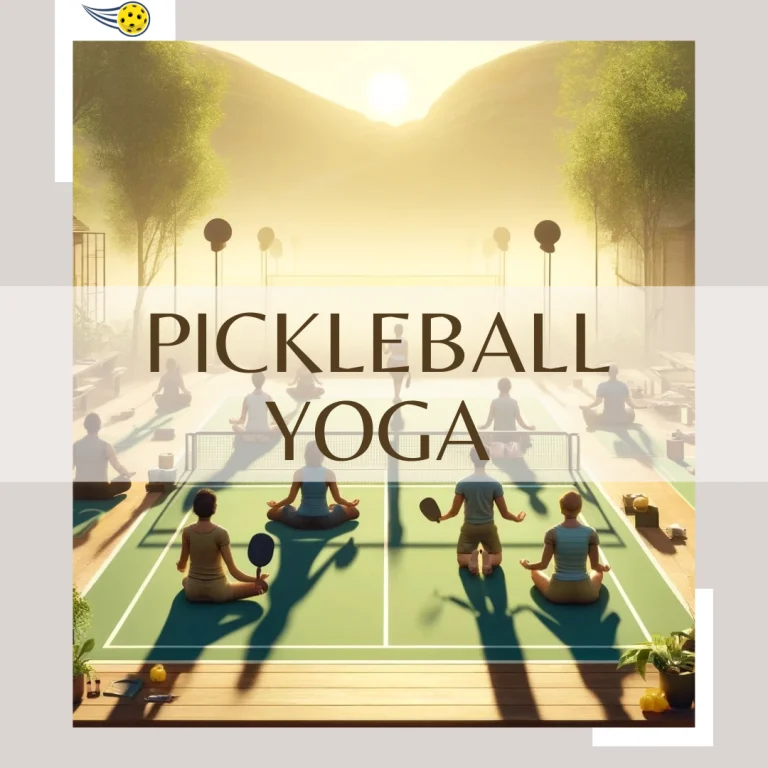Is Pickleball a Fad? Exploring the Growth of the Pickleball Craze
In recent years, the question of “Is pickleball a fad?” has resonated in sports communities. Yet, pickleball’s sustained popularity and exponential growth suggest it’s more than just a fleeting trend. In fact, it’s one of the fastest growing sports in the United States, and its popularity is expanding globally.
Pickleball’s Accessibility and Appeal
Unlike other sports, pickleball is easily accessible in terms of cost and skill level, making it attractive for many people to pick up as a new sport. It’s the great neutralizer, with a lower learning curve compared to sports like tennis. This ease of play, combined with the sport’s social dynamics, makes pickleball uniquely appealing.
Pickleball’s inexpensive entry cost, the social aspect, and its ability to be played competitively yet accessibly, have contributed to its explosion in popularity. Furthermore, pickleball is fun and great exercise, appealing to athletes and non-athletes alike. Consequently, it’s uncommon to meet people who “used to” play pickleball. The game is just too enjoyable and addictive to quit.
Pickleball: Fastest Growing Sport in America
As the pickleball craze continues, the sport has witnessed a significant rise in participation. The number of people playing pickleball grew by 159% over three years to 8.9 million in 2022. Moreover, pickleball grew nearly 40 percent between 2019 and 2021, making it America’s fastest-growing sport. The fastest-growing segment of all pickleball players is currently under 24 years of age, dispelling the myth that it’s a sport only for the older generation.
The Factors Driving Pickleball’s Growth
Various factors have contributed to pickleball’s rise in popularity. Initially, the sport’s growth was hindered by limited awareness, infrastructure, and community building. However, as these challenges were addressed, and as the sport’s rules, equipment, and playing techniques were refined, pickleball began gaining wider recognition.
Increased media coverage, improved infrastructure, and the sport’s adaptability for players of all ages and skill levels have also boosted its popularity. Moreover, the COVID-19 pandemic played a significant role in the boom of popularity for pickleball as people sought safe, outdoor activities that offered social interaction and physical exercise.
Pickleball: A Potential Olympic Sport?
The question of “Will pickleball become an Olympic sport?” is often asked alongside “Is pickleball a fad?” While the sport doesn’t currently meet the International Olympic Committee’s (IOC) criteria for inclusion, its growing popularity could pave the way for its consideration in the future. With its increasing global popularity and a strong governing body in the International Federation of Pickleball (IFP), it’s possible we could see pickleball included in the Olympics by 2030.
Conclusion: Is Pickleball a Fad?
While it’s normal for new sports to experience a surge in popularity, pickleball’s growth seems to be more than just a temporary phenomenon. Its appeal extends beyond the traditional demographics of sports enthusiasts, reaching individuals of different ages, skill levels, and physical abilities. This broad appeal, coupled with the sport’s low barrier to entry, makes pickleball an attractive option for many people seeking a new recreational activity.
Indeed, it seems that the question, “Is pickleball a fad?” may be missing the larger picture. Rather than being a fleeting trend, pickleball appears to be filling a gap in the sports landscape, providing an option that is fun, accessible, and social. Whether you’re a seasoned athlete looking for a new challenge, a beginner seeking an easy-to-learn sport, or someone simply searching for a fun way to stay active, pickleball may just be the game for you.
So, is pickleball a fad?
The data, trends, and growing popularity of the sport suggest otherwise. Instead, pickleball appears to be a sport that’s here to stay, continuing to bring people together and promote active, healthy lifestyles. While it’s hard to predict the future with certainty, all signs point towards pickleball’s continued growth and longevity in the world of sports.
FAQs
1. What makes pickleball popular?
Pickleball’s popularity can be attributed to several factors. These include its accessibility, low cost of entry, social aspects, and the fact that it can be enjoyed by players of all ages and skill levels. Additionally, it is a fun, fast-paced game that provides a good workout.
2. How fast is pickleball growing?
Pickleball has been identified as one of the fastest-growing sports in the United States and around the world. In the U.S., the number of pickleball players increased by 158.6% over three years to 8.9 million in 2022.
3. Will pickleball become an Olympic sport?
As of now, pickleball is not an official part of the Olympic Games. However, with its increasing popularity worldwide and a strong governing body in the International Federation of Pickleball (IFP), it may be considered for inclusion in future Olympic Games.
4. Is pickleball only for older adults?
While pickleball has been particularly popular among older adults, it is a sport that can be enjoyed by people of all ages. The fastest-growing segment of pickleball players is currently under 24 years of age, indicating the sport’s wide appeal.







